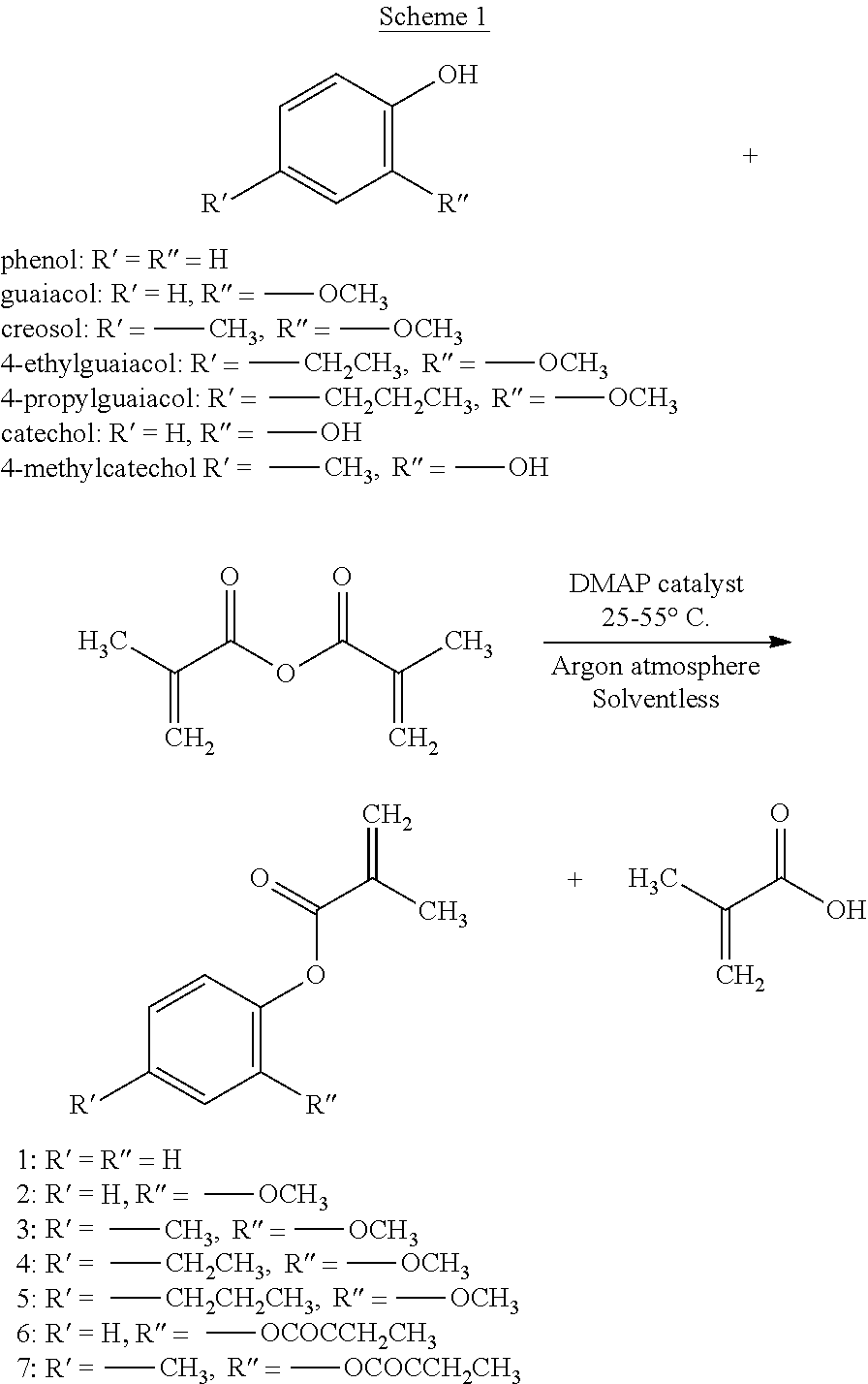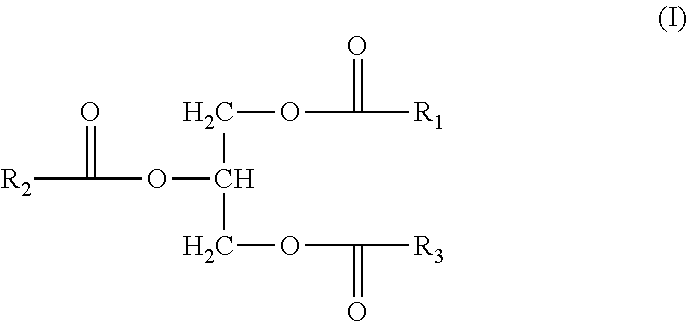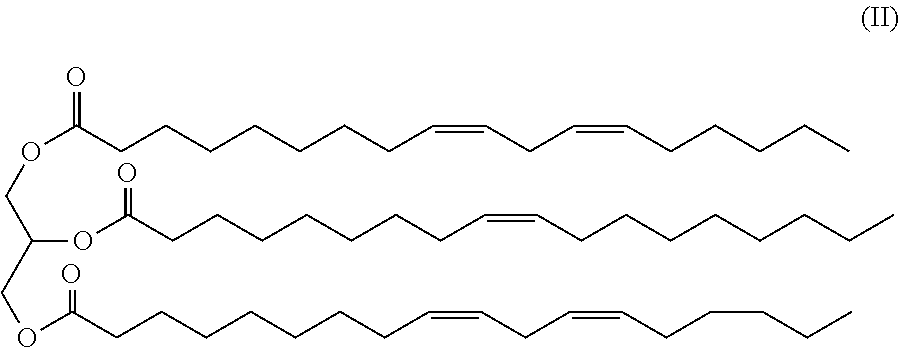Bio-based block polymers derived from lignin and fatty acids
a technology of lignin and fatty acid, which is applied in the field of bio-based block polymers derived from lignin and fatty acids, can solve the problems of limiting the commercial viability and sometimes the overall sustainability of the polymer, and the danger of replacement of monomers
- Summary
- Abstract
- Description
- Claims
- Application Information
AI Technical Summary
Benefits of technology
Problems solved by technology
Method used
Image
Examples
example 1
PMV Synthesis and Characterization
[0041]Lignin-based poly(methacrylated vanillin) [(PMV, poly(3-methoxy-4-methacryloyloxybenzaldehyde)] homopolymers and macroinitiators were synthesized by RAFT polymerization, a controlled free-radical polymerization technique. The methacrylated vanillin monomer was made by reacting vanillin with methacrylic anhydride using a catalytic amount of 4-dimethylaminopyridine. To a round-bottom flask equipped with a magnetic stir bar, a catalytic amount of 4-dimethylaminopyridine (2 mol % of methacrylic anhydride) was added to vanillin (20 g). Prior to adding 1.05 vanillin equivalents (adjustable to as low as 1.01) of methacrylic anhydride to the flask, the flask was sealed and subsequently purged with argon gas for an hour to remove moisture and oxygen from the reaction vessel. For the first three hours with stirring, the reaction progressed at room temperature. The flask was placed in a 55° C. silicone oil bath for a minimum of 24 hours. The reaction mix...
example 2
PMMA-b-PMV Synthesis and Characterization
[0047]To demonstrate that lignin-based MV could be polymerized into an A-B diblock copolymer, poly(methyl methacrylate) (PMMA) was used as the initiating block. Here, 0.25 g (0.015 mmol) of a PMMA macroinitiator (16.2 kDa, grown from 2-cyano-2-propyl benzodithioate, =1.07), 0.382 g (1.73 mmol) of MV, and 5 mg (0.03 mmol) of AIBN were dissolved in 1.5 mL of 1,4-dioxane. The resulting solution was degassed using three freeze-pump-thaw cycles, repressurized with argon, and suspended in a preheated 70° C. oil bath. After 15 h (81% conversion), the viscous solution was diluted with tetrahydrofuran (THF), crashed into stirring methanol, redissolved in THF, crashed into n-hexane, and washed once more with methanol. Despite the methanol washes, the aldehyde functionality in this material was completely preserved. The GPC results are shown in FIG. 1 for both the PMMA precursor and the final PMMA-b-PMV diblock copolymer formed during the RAFT synthesis...
example 3
PLM Synthesis and Characterization
[0049]Fatty acid-based poly(lauryl methacrylate) (PLM) homopolymers and macroinitiators were synthesized by the RAFT process as shown in Scheme 4.
[0050]For this synthesis, commercially available lauryl methacrylate (LM) was passed through neutral alumina for purification and added to a mixture of 2-cyano-2-propyl benzodithioate (the CTA) and AIBN for a final reactant ratio of 1:0.1:336 CTA:AIBN:LM. Minimal 1,4-dioxane was added to the reactor to dissolve the AIBN, which was otherwise insoluble in the LM monomer. Other “greener” solvents would also work, such as methyl ethyl ketone or anisole. The vessel was sealed, degassed, refilled with argon, and reacted at 72° C. for 13 h (79% conversion) while aliquots were taken every 2 h. The resultant block polymer precursor (macroinitiator) was washed with methanol three times to remove residual monomer and freeze-dried.
[0051]The evolution of the molecular weight of the PLM block was measured by GPC analysi...
PUM
| Property | Measurement | Unit |
|---|---|---|
| mol % | aaaaa | aaaaa |
| molar ratio | aaaaa | aaaaa |
| dispersity | aaaaa | aaaaa |
Abstract
Description
Claims
Application Information
 Login to View More
Login to View More - R&D
- Intellectual Property
- Life Sciences
- Materials
- Tech Scout
- Unparalleled Data Quality
- Higher Quality Content
- 60% Fewer Hallucinations
Browse by: Latest US Patents, China's latest patents, Technical Efficacy Thesaurus, Application Domain, Technology Topic, Popular Technical Reports.
© 2025 PatSnap. All rights reserved.Legal|Privacy policy|Modern Slavery Act Transparency Statement|Sitemap|About US| Contact US: help@patsnap.com



